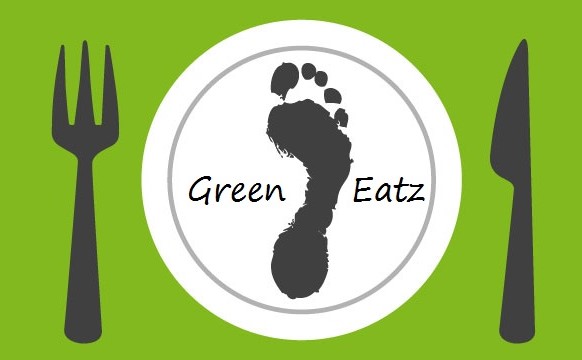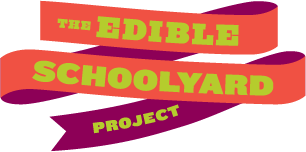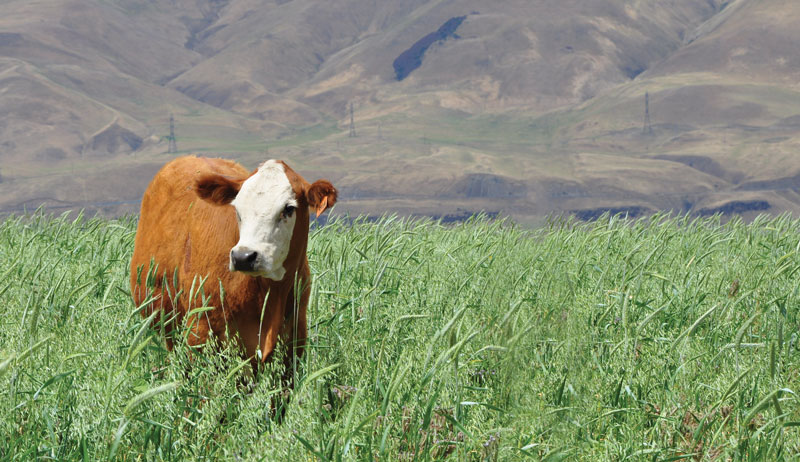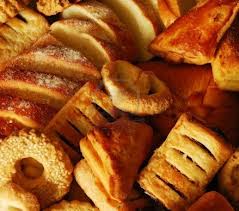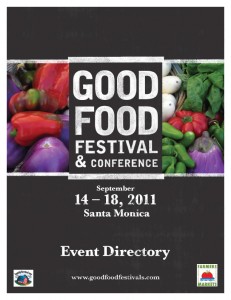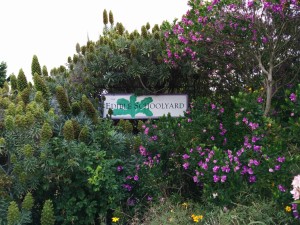 Introduction
Introduction
The food activist Alice Waters was instrumental in creating the educational concept of involving children in growing and cooking food. The pilot project for her vision began at the Martin Luther King Middle School in Berkeley twenty years ago. Known as the Edible Schoolyard Berkeley, Green Eatz visited the site for a guided tour of the project garden and kitchen classroom, with the opportunity to ask questions. This was a milestone especially for the children today who may not get to learn cookery as much as they would several years ago. It helps them learn about some of the less known food items and how to incorporate them into a meal, most importantly the satisfaction that they have grown the ingredients themselves.
Visiting the Edible Schoolyard Berkeley
Kala Cuerington, the Administrative Coordinator for the overall Edible Schoolyard Project, was our tour guide. Edible Schoolyard Berkeley is located adjacent to the school and consists of a market garden, kitchen classroom and administrative office. The garden was created on the site of a staff car park, and the kitchen classroom was originally an arts studio. The garden also contains a tool shed, a wood-fired pizza oven, a chicken run, a duck pond, a greenhouse and an arbor where garden tasks are allocated.
Edible Schoolyard Berkeley is a separate entity to the school and is a non-profit organization, with all the funding raised by Edible Schoolyard Berkeley staff. Currently, there are ten full-time staff; four teachers in the classroom, four gardeners and two administrative officers.
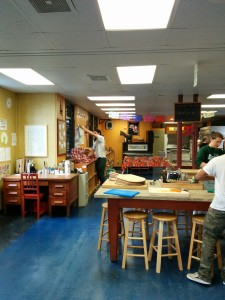 Fitting into the School Curriculum
Fitting into the School Curriculum
Martin Luther King Middle School has 1,000 students in grades 6 to 8, ages eleven to thirteen. Each child visits the project around 75 times through its time at the school. The visits are split about 50-50 between gardening and cooking, with each lesson running for 90 minutes. Alice Waters had worked as a Montessori teacher, so the lessons follow the ethos that children learn through understanding and doing, rather than by instruction.
The lessons are designed to fit into the school curriculum, with the gardening incorporated into mathematics and science, and the cooking into humanities. For example, the current cooking classes are following the history of the Silk Road by cooking meals that are associated with each country on that journey. The Edible Schoolyard Berkeley staff run all the lessons, but the school teachers also attend the classes. Kala believes it is important to engage the teachers in the project, and they also have input into the Edible Schoolyard Berkeley curriculum. For instance, the newest lesson incorporates debating as the pupils discuss ‘what factors impact your food choices?’
The pupils work in groups of ten for their cooking lessons, under the guidance of one Edible Schoolyard Berkeley teacher. They each choose a task from a list and then work together to prepare the meal. When the meal is ready, they lay a table and sit down together to eat the meal.
Edible Schoolyard Berkeley also runs seven Family Nights Out every semester, aiming to include the whole family in the home-cooked food experience. The Parents Teacher Association funds this part of the project. Here, each family prepares, cooks and eats a meal together.
A small residential street is right next to the garden but the local community is free to use the garden at any time. This has resulted in great relations with the close neighbors. Edible Schoolyard Berkeley’s annual plant sale includes a beer tent and entertainment area, which is set up within this street, but there is always full support from the residents.
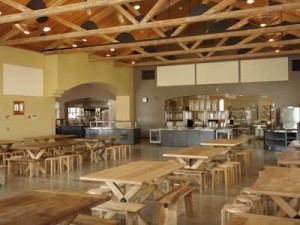 School Lunches
School Lunches
When Edible Schoolyard Berkeley started in 1995, the school canteen was locked up and disused and the students ate junk food and snacks for their lunches. Following the legislation on nutritional standards for school food, the canteen was re-opened and is now responsible for the catering of the whole Berkeley school district of 10,000 students. A free universal breakfast is available for every child within the Berkeley school district.
Edible Schoolyard Berkeley has no control over the lunches being served to the school pupils. None of the foods grown at Edible Schoolyard Berkeley is served at the school’s canteen, but is used exclusively for the cooking classes. Nevertheless, Edible Schoolyard Berkeley did provide input and advice to the renovation of the canteen. Their suggestion to create an ‘open kitchen’ was adopted, being another idea to engage children in the cooking process.
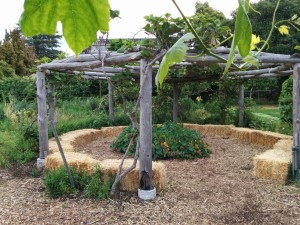 Sustainability
Sustainability
The garden is spread over 1 acre and is fully organic. Food and plant scraps are saved to produce compost which is ready for use within 8 weeks. Seasonal vegetables, herbs, vines, berries and flowers are grown at the site. Last year, a beehive was also located in the garden to aid in pollination.
Chickens and ducks wander freely throughout the gardens to provide natural insect control. Where there is a concentrated pest issue, the ‘chicken tractor’ comes into play – a wheeled cage containing chickens is placed over the affected plants for focused attention. The chickens and ducks also provide a daily supply of fresh eggs. Grey water drains directly into the garden through a small reed bed. Rain barrels collect water from the roof of the tool shed.
The meals cooked are all vegetarian using the organic produce grown in the garden.
Leading by Example
Edible Schoolyard Project’s mission is to encourage children to eat healthy foods through engaging them with food by growing and cooking their own meals. The project in Berkeley has served as a test-bed for this concept, and the lessons learned are freely shared via their website. This online portal allows the free download of resources such as class lessons, practical guidelines, management and research techniques. It also serves as a network for similar projects across the U.S., allowing them to share their stories and add their own resources to the program.
Additionally, Edible Schoolyard Berkeley runs an annual academy to educate professionals involved in similar projects. This year, it is also offering a new intensive course for farm-to-school programs. Annual summer camps are also on offer for children outside the MLK School. The public are also able to visit the garden on monthly tours.
 Measuring Success
Measuring Success
Twenty-one languages are spoken by the pupils at MLK Middle School, reflecting the international make-up of the local area. The Berkeley school zoning creates socio-economic diversity by drawing pupils from across neighborhoods. Although MLK Middle School is located within an affluent area, about 40% of the pupils are entitled to free school lunches.
Edible Schoolyard Berkeley is working with an evaluator this year, to quantify how they can measure their results more rigorously. Anecdotally, the children have higher attendance rates on the days they have Edible Schoolyard Berkeley lessons. The teachers also schedule examinations straight after a garden visit, as they find the pupils are more focused and able to achieve better grades. The students also are more likely to select fruit and vegetables in the school canteen.
Edible Schoolyard Berkeley also interviews and videos many of the 8th graders at the end of the program to ask for their opinions, with positive results.
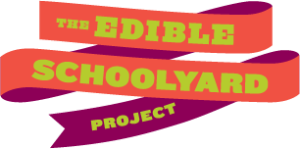 Summary
Summary
The Edible Schoolyard Berkeley is an integral component of the Edible Schoolyard Project. It has served as a test-bed for Alice Walter’s initial ideas and now provides a working model for others to follow. Edible Schoolyard Berkeley is used as a base for training courses to spread the knowledge, and its staff work on providing virtual resources to share freely with schools and communities.
